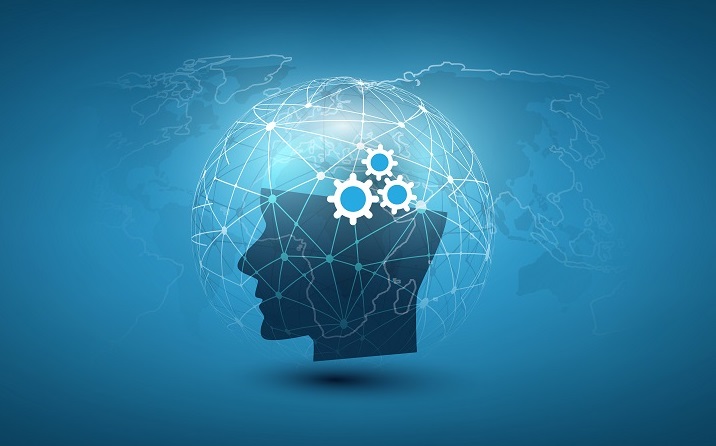AI and ML in Cybersecurity: How to Harness the Power of Technology for Better Protection
Category : AI Technology
As technology continues to advance, so does the threat of cyber attacks. Artificial intelligence (AI) and machine learning (ML) have the potential to revolutionize cybersecurity by providing new ways to detect and respond to threats. In this blog post, we’ll explore some of the key ways AI and ML are being used in cybersecurity, and discuss best practices for harnessing their power to improve protection.

Detection and Response
- AI and ML can be used to analyze large amounts of data in real-time, making it possible to detect and respond to threats that would have been missed by traditional security systems.
- Advanced algorithms can be used to identify patterns and anomalies in network traffic, making it possible to detect intrusions and other malicious activity.
- Machine learning models can be trained on historical data to detect anomalies and predict future threats.
- Some AI-based systems can also be configured to automatically respond to threats, such as by blocking malicious traffic or quarantining infected devices.
Threat Intelligence
- AI and ML can be used to gather and analyze threat intelligence, providing organizations with insight into the latest threats and vulnerabilities.
- Machine learning models can be trained to identify and classify new malware, making it possible to detect previously unknown threats.
- AI-based systems can also be used to analyze social media and other online sources to identify potential threats and vulnerabilities.
Automation
- AI and ML can automate repetitive tasks, such as monitoring and analyzing network traffic, freeing up cybersecurity professionals to focus on more strategic tasks.
- Automated systems can also be used to respond to threats in real-time, reducing the time it takes to contain and mitigate a breach.
- Machine learning models can also be used to automate the process of prioritizing and triaging security alerts, reducing the number of false positives and allowing organizations to focus on the most critical threats.
Best Practices
- It’s important to have a clear understanding of the capabilities and limitations of AI and ML-based systems to ensure they’re used effectively.
- It’s also important to regularly update and maintain these systems to ensure they’re operating at peak performance.
- It’s important to monitor the output of AI and ML-based systems to ensure they’re not generating false positives or false negatives.
- It’s important to continuously train the machine learning models to ensure they are up-to-date with the latest threats and vulnerabilities.
- It’s important to implement a robust security infrastructure to protect AI and ML systems from attacks.
The AI and ML have the potential to revolutionize cybersecurity by providing new ways to detect and respond to threats. However, organizations must approach these technologies with a clear understanding of their capabilities and limitations, and implement best practices to ensure they are used effectively. By harnessing the power of AI and ML, organizations can improve their ability to detect and respond to threats, and ultimately enhance their overall security posture.

Recent Comments